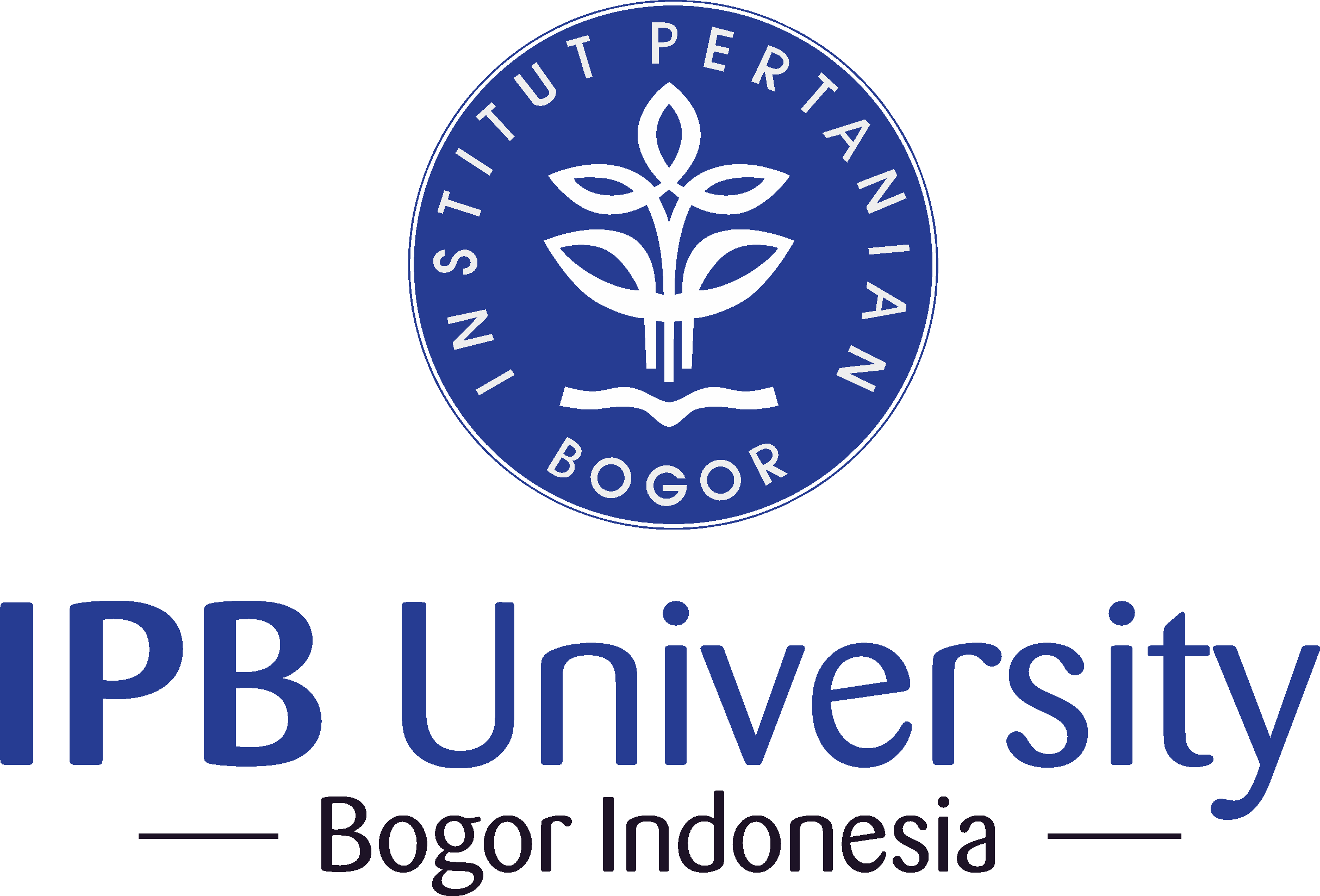Impact of Dietary Variation on Gut Microbiota Composition in Macaca fascicularis at the Primate Research Center, IPB University
Abstract
Long-tailed macaques (Macaca fascicularis: LTMs) are widely distributed, adaptable primates commonly used as animal models in biomedical research. At primate facilities such as the Dramaga Captive Breeding Facility and the Tinjil Island Natural Habitat Breeding Facility at the Primate Research Center, IPB University, LTMs experience varying diets depending on their captive or semi-wild environments. At Dramaga Captive Breeding Facility, LTMs housed in individual and group cages are provided with different feeding regimens, whereas the semi-wild LTMs on Tinjil Island feed primarily on natural food sources with occasional, very modest provisioning of bananas. Our study's objective is to evaluate these diets' influence on the gut microbiota and overall health of LTMs. Through comparative analysis of fecal microbiomes using 16S rRNA sequencing, we identified distinct gut microbiota profiles between captive and semi-wild LTMs. Semi-wild LTMs displayed a predominance of Proteobacteria, notably Succinivibrio, associated with a high-fiber diet derived from wild plant consumption. In contrast, captive LTMs housed in individual and group cages exhibited dominance of Firmicutes and Bacteroidota, respectively. These findings suggest that diet is pivotal in shaping gut bacterial profiles, potentially impacting metabolic functions. Our study provides insight into the relationship between certain diets and gut bacterial composition in LTMs across different breeding facilities at the Primate Research Center, IPB University, thereby offering valuable implications for LTMs' welfare and management strategies.
Downloads
Copyright (c) 2025 Anggitha Tambunan, Puji Rianti, Huda Shalahudin Darusman, Randall C. Kyes

This work is licensed under a Creative Commons Attribution-NonCommercial 4.0 International License.
HAYATI J Biosci is an open access journal and the article's license is CC-BY-NC. This license lets others distribute, remix, tweak, and build upon author's work, as long as they credit the original creation. Authors retain copyright and grant the journal/publisher non exclusive publishing rights with the work simultaneously licensed under a https://creativecommons.org/

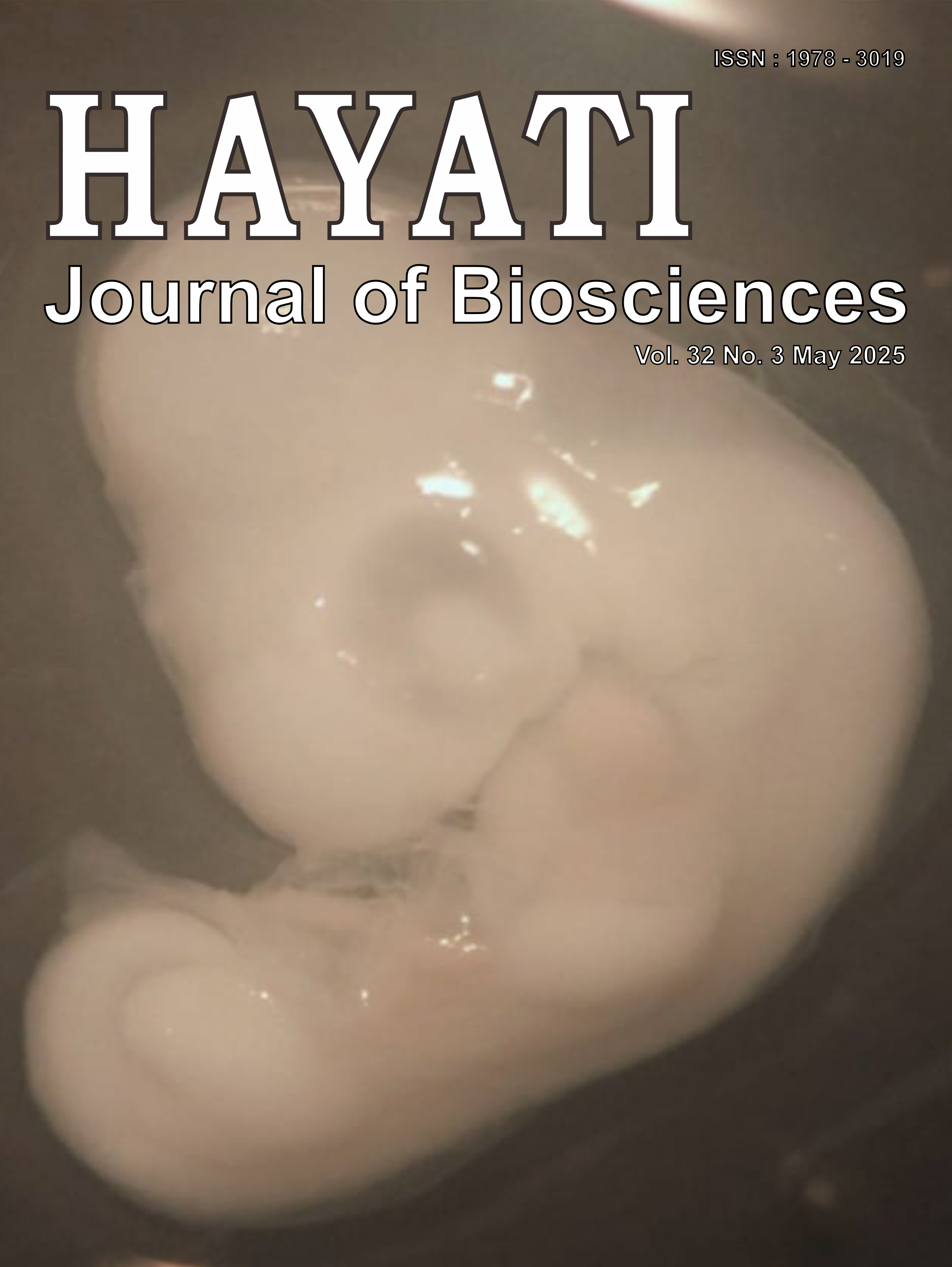








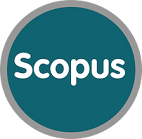
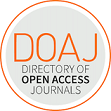









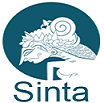



.png) IPB University
IPB University Department of Biology
Department of Biology The Indonesian Biological Society
The Indonesian Biological Society 